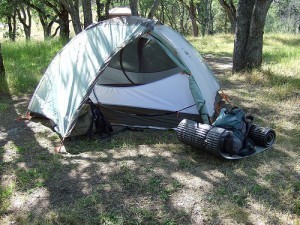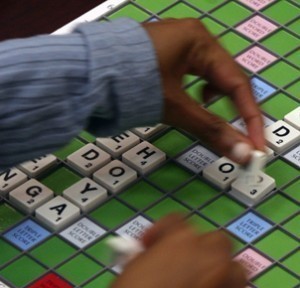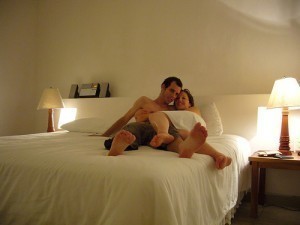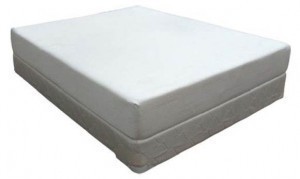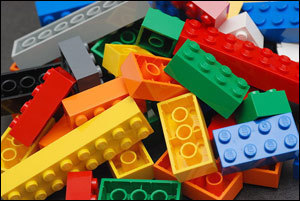Refectory Sizes
The refectory is the term used for dining rooms in academic 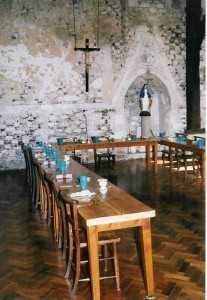 institutions, boarding schools and most especially monasteries. It is also known as fratery, frater and frater house. The refectory is also found in the graduate seminaries.
institutions, boarding schools and most especially monasteries. It is also known as fratery, frater and frater house. The refectory is also found in the graduate seminaries.
Size of the Refectory
The dimensions will depend on the financial capabilities of the monastery or school. For example, some Norman refectories are 160 feet (49 m) long and 35 feet (11 m) wide. The dimensions of the refectory grew especially during the high medieval age.
This became evident with the 12th century Mont Saint Michel Abbey. It had half a dozen windows each measuring 20 feet high and 5 feet wide. The Cluny Abbey refectory had 36 windows, all of which were of large sizes.
Design
The monastery’s wealth and the time period determined the features of the structure. However, many of them had similar features. The refectories built during the medieval age have long benches where the monks would eat.
Whatever the size of the refectory was, raised benches were set aside for important officials. These were located at the hall’s end. A lavabo was typically found outside the refectory. Even today, some monasteries use a basin for washing hands.
Tradition played a key role in the development of medieval refectories. In the UK, the refectory was constructed at the undercroft, which is on the cloister opposite the church. The Cistercian models were made on a north-south axis and the Benedictine on an east-west axis.
Eastern Orthodox Church
The refectory is known as a trapeza in Eastern Orthodox Churches. The refectory is regarded as a holy place in Eastern Orthodox monasteries. There are also instances wherein the refectory is made with iconostasis and an altar. Many of them are made to be used in the trapeza. In these churches, there is an oil lamp (lampada) kept burning at its front.
After the meal, the Lifting of the Panagia is conducted. During Bright Week, the Lifting of the Artos is performed instead. While the size of the refectory varies, in most cases the Ceremony of Forgiveness is often performed at the commencement of the Great Lent.
Whether there is an occasion or not, all the food set on the trapeza is blessed. For this reason, holy water is always nearby.
Origin of the Name
The word is derived from the Latin reficere meaning to remake or to restore.
Refectories and the Monastic Meals
The refectory serves various purposes but is mainly for eating. The meals allowed the monks to get together. The food eaten at the refectories vary depending on the era and the monastic order.
The rule of St. Benedict allows for two meals. Dinner was allocated for the whole year. Their diet consisted of a couple of dishes. Fruit was served if there were any. Meat was not allowed. The monks always ate their meals in silence (still followed today).
As the years passed, the rules concerning diet habits in the monasteries changed and softened. The size of the refectory also changed and would become larger.
